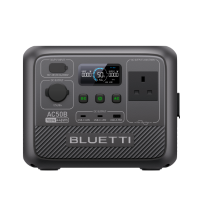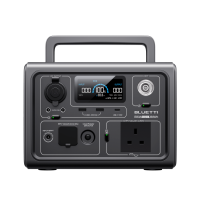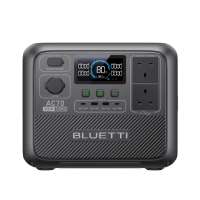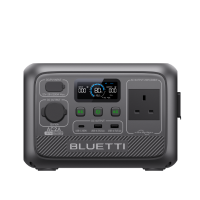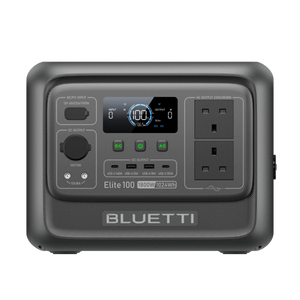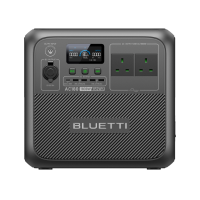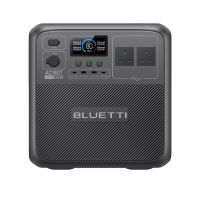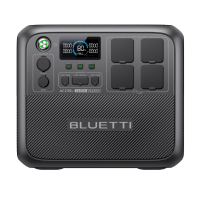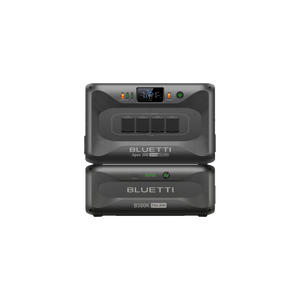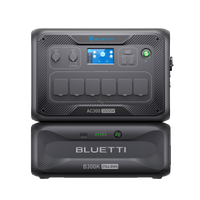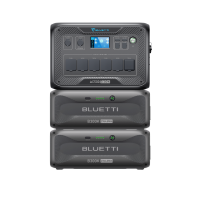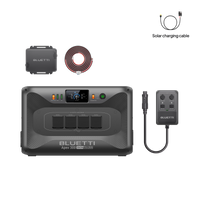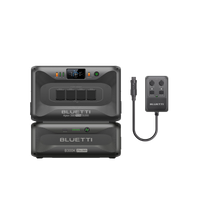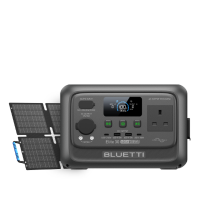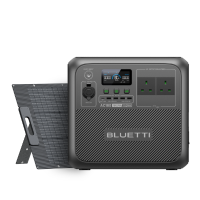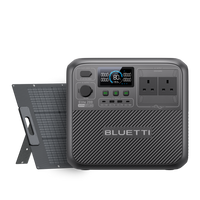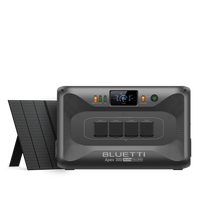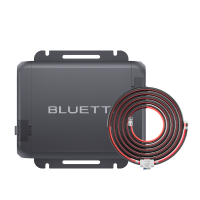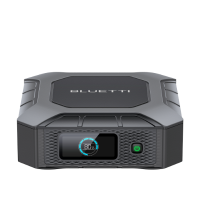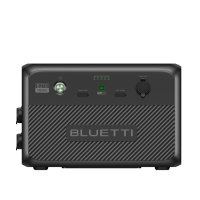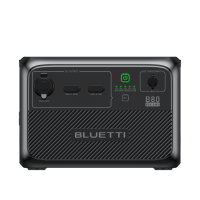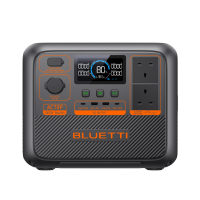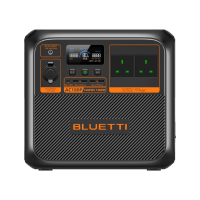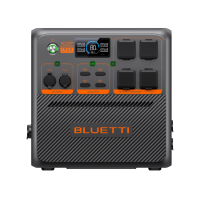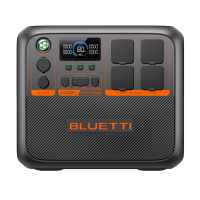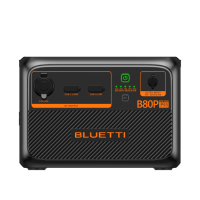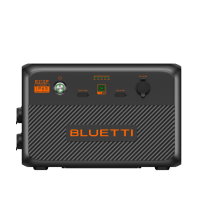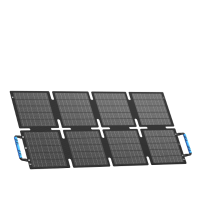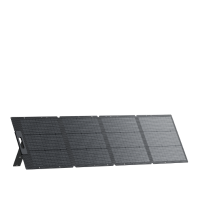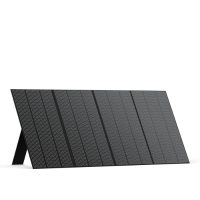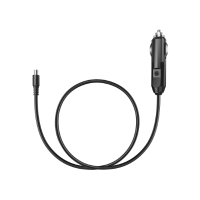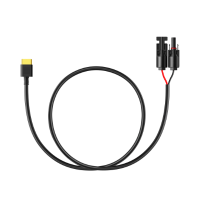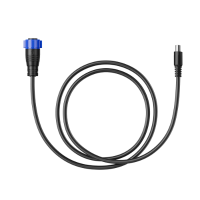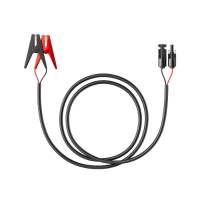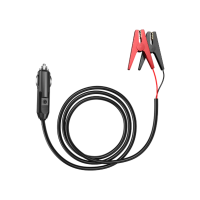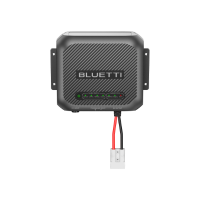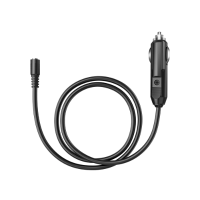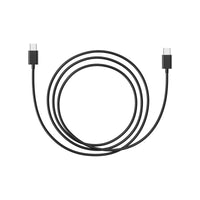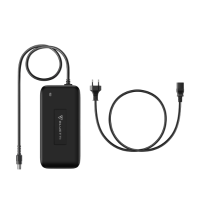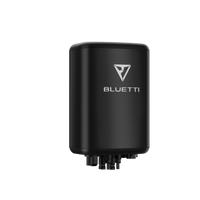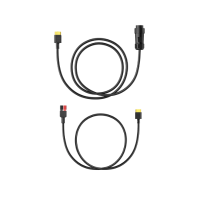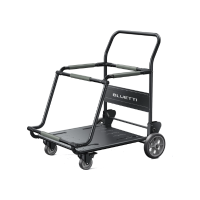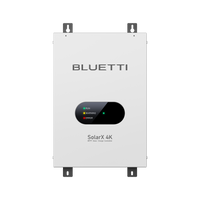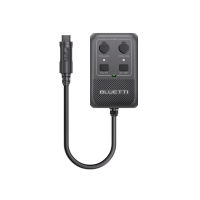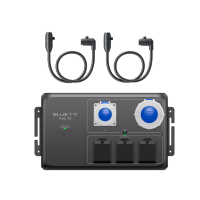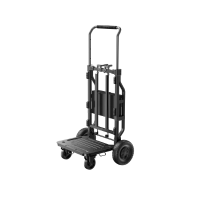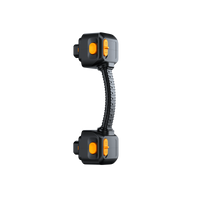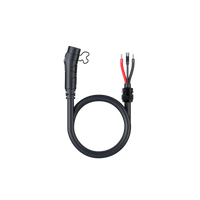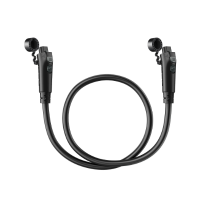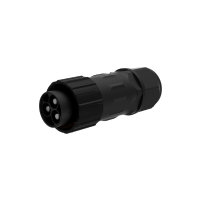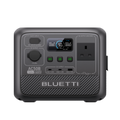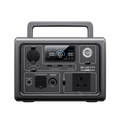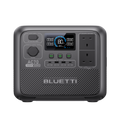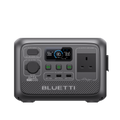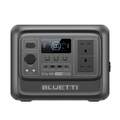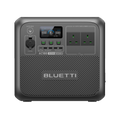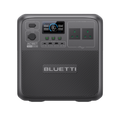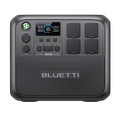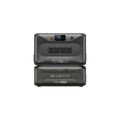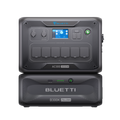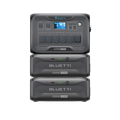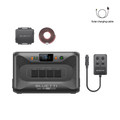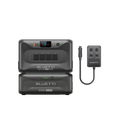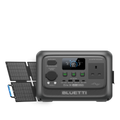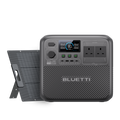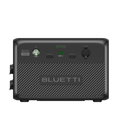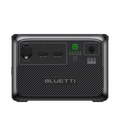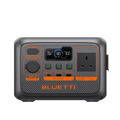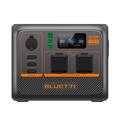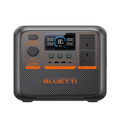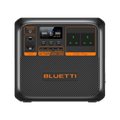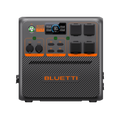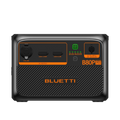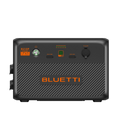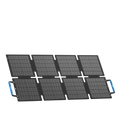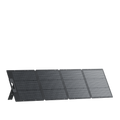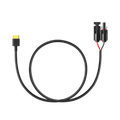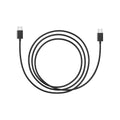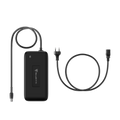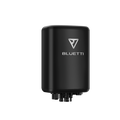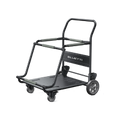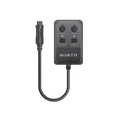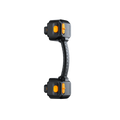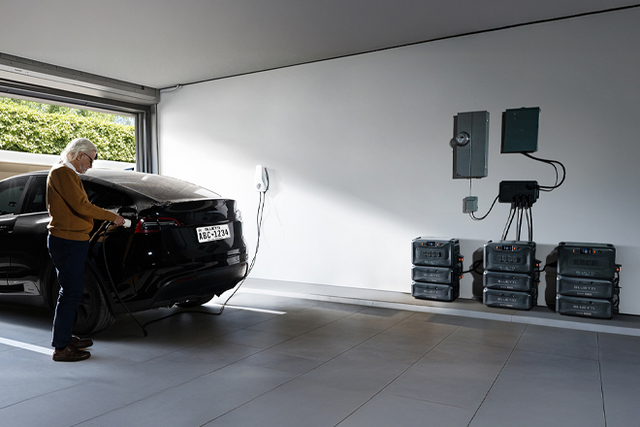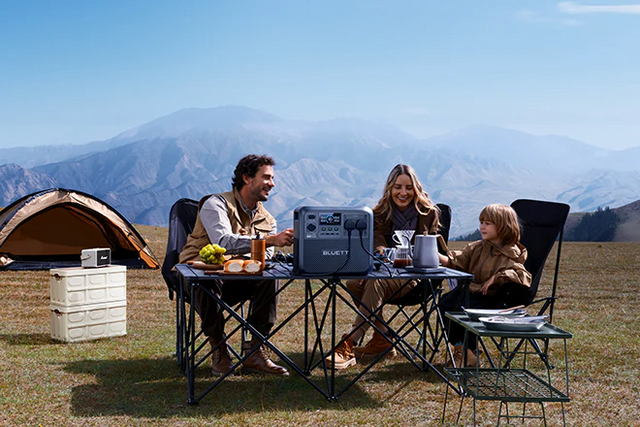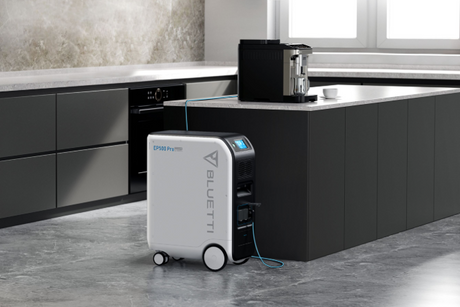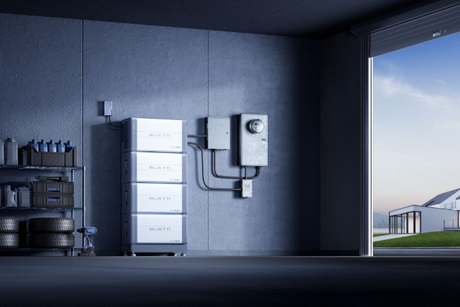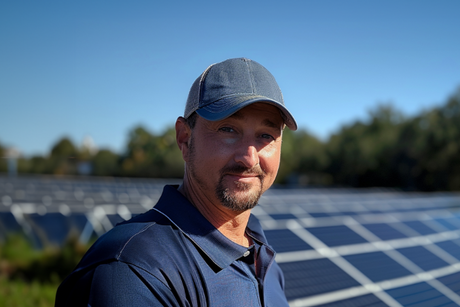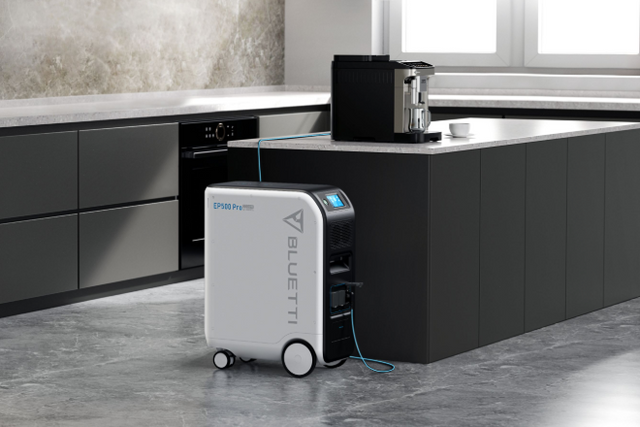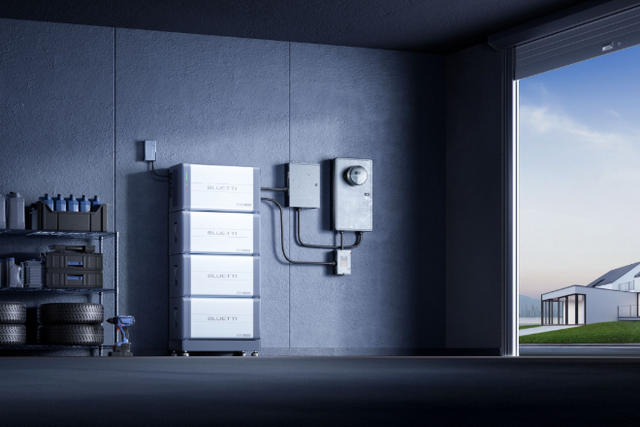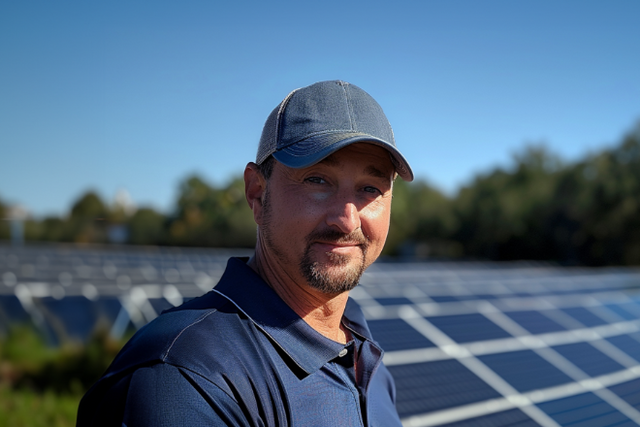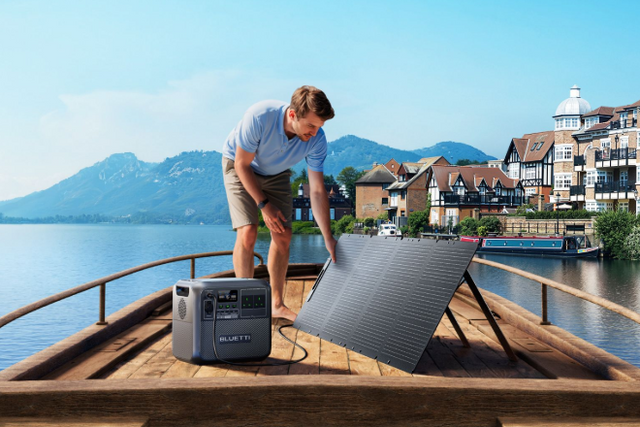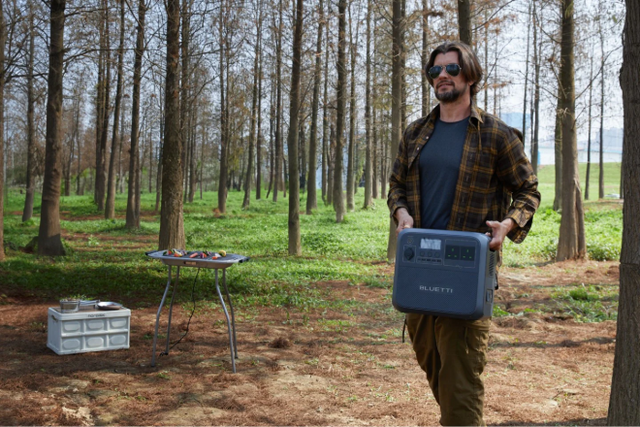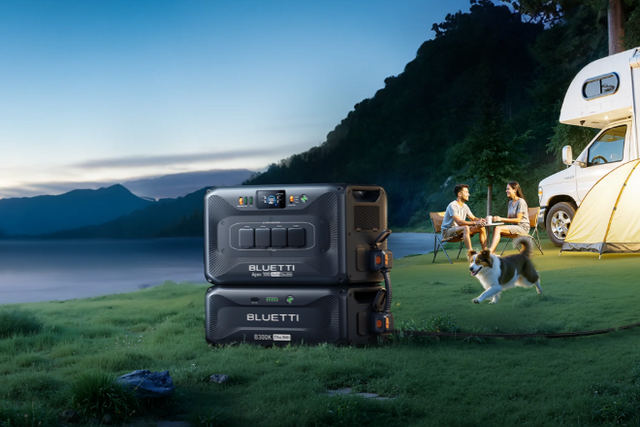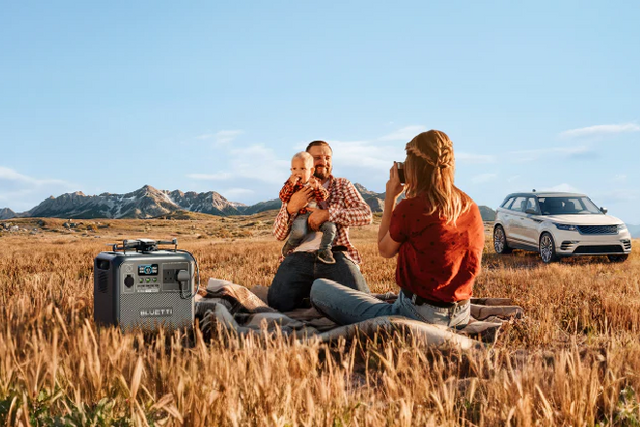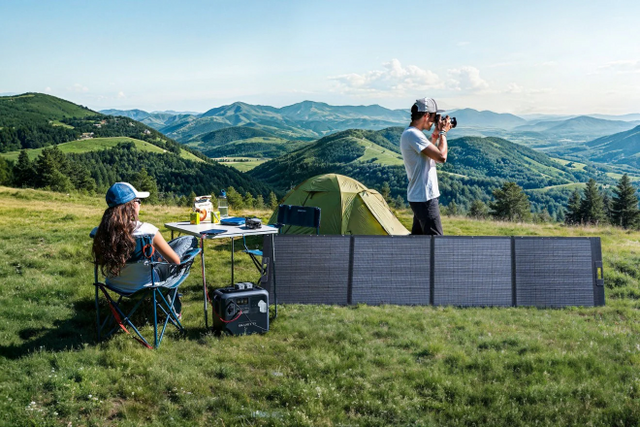Regardless of your level of experience in the wilderness, safety is paramount. How dangerous it would be if your phone dies when you are in an emergency. Thus, let’s look into camping phone chargers and the various ways to keep your phone alive while camping to keep you safe and connected at all times.
Why You Need to Keep Your Phone Charged 24/7 While Camping
So, other than the obligatory selfie or two, there are a few more pressing reasons why you need to keep your phone charged all the time when camping.
- Location tracking. This is a surefire way to get rescued in good time if you lose your bearings while camping or hiking. Your location can be tracked by local search and rescue services, which will get you found safe and sound before you run out of your resources.
- Communication. When out and about in nature’s bounty, it’s a considerate thing to keep your loved ones back home in the know as to your whereabouts and if you’re safe and well, as well as liaising with other camping/hiking pals.
- Monitoring any changing weather patterns. If you’re camping somewhere way off the beaten track, like up a mountain, weather conditions can be unpredictable. For example, if there’s a whopper of a snowstorm coming, it’s important to be in the know.
We understand that the great outdoors is often the place many of us go to unplug, but it’s always wise to err on the side of caution and keep one safety net in your pocket - and to keep said safety net charged at all times.
Camping Phone Chargers: 6 Ways to Keep Your Phone Alive While Camping
So, now that we’ve established why we need to keep a small tech extension, even when we’re fully off-grid, let’s look at the most reliable ways to keep your phone charged - even in the depths of the deepest forest, or the peak of the highest mountain!
1. Solar Charging Cable
So, as we know, electricity in the wilderness is pretty sparse, so the best option for having unlimited energy is undeniably solar power.
If you’ve never delved into the wonderful world of solar power, there are a few things to know before investing in a solar charging cable:
- You will need portable solar panels which you will need to aim at the sun every day to keep your phone charged. You can do this in the morning at the campsite, or if you’re heading out for a day’s hike, you can strap them to your backpack. These panels are small and super lightweight.
- Obviously, because a solar charging cable depends on the sun, it is important to be mindful of this if it is your only source of charging while camping. Solar charging cables aren’t ideal for winter camping trips, or if you’re camping in densely wooded/forested areas where access to sunlight may be limited.
- If you are camping in areas where sunlight may not always be reliable, you can still use a solar charging cable, it just won’t be as powerful. So this is worth bearing in mind; it may not keep your phone full of beans 24/7, but it can be an ideal solution in the event of an emergency.
2. USB Power Bank
In terms of portability, USB power banks are second-to-none. How they work is they are made up of miniature power units that can be stored anywhere - including in jacket pockets. Things to consider:
- There are varying unit sizes and the one you opt for will depend on aspects such as the length of your trip, and if weight is a factor (the units are connected to batteries, which will add additional weight to your gear).
- Ideally this option is better suited for shorter trips, or as an emergency back-up.
If you require a high-power unit bank (for example, if you need to charge other devices while camping), you will be carrying extra weight, as they can get both heavy and bulky, ergo they’re not always the most practical solution.
3. CampStove Wood Burners
Yes, you read that right; you can really charge your device via a camping stove. Really, really!
You can turn fire into electricity with patented combustion tech, which not only allows for a smokeless fire source to warm up some hot chocolate, but it charges your device too.
It’s also super eco-friendly, as it doesn’t require gas or coal - you can build your little fire safely using dry leaves and twigs you find around your campsite. These products are ideal for camping because they kill two birds with one stone and are incredibly lightweight and compact.

4. Electrical Hook-Up
So, this option is only doable if you’re at a campsite that has an electrical connection - and if your tent has a cord flap feature allowing you to hook up cables to outside power sources.
Some campsites come with this option that will either be included within the camping price, or at an extra charge.
5. Car Charger
Car chargers can either be bought separately and attached inside your vehicle, or, in the case of most modern cars, there will be a built-in car charger/USB port.
Different car charger options depend on the wattage required of them. Also, it’s worth bearing in mind that your car engine needs to be on when you charge your device, which isn’t always practical, sustainable, or respectful of other campers. This is where a portable battery option may come in handy.
6. Household Energy - Wherever You Can Find It!
Last but not least - and it goes without saying, this shouldn’t be your number one power source option - is charging your phone wherever you’re able to find a household energy source. This can be useful as a back-up option, particularly for those embarking on a long-distance hike.
An example of options could be:
- Hiker’s cabins.
- Internet cafés off-trail.
- Guesthouses.
- Bars and restaurants.
- Certain transport connections; i.e.: buses, etc.
Preserving Your Battery’s Life While Camping
Even if you utilise all five of these camping phone charger options, it is still wise to be frugal with your phone-use to preserve the battery.
Some of the best battery-saving tips include:
- If doable, reduce your screen’s brightness - and keep it that way. Faffing with the screen light regularly is counter-productive and will rinse your battery.
- Pop your phone on airplane mode on a regular basis. If you’re camping in an area where the phone signal isn’t great, this will unnecessarily drain your phone’s battery, so the obvious solution is to pop it on airplane mode until you’re in a more signal-friendly location.
- Protect your phone from the elements. This includes heat and coldness. Your phone will switch itself off if it becomes over-exposed to temperature extremes, which will do you zero favours in the event of an emergency. Always keep your phone out of direct sunlight, and if you’re camping in sub-zero temperatures, keep it warm by keeping it inside your clothing.
- Don’t overcharge your phone. This is counterproductive and will result in the battery becoming drained more quickly.

Other Useful Camping Accessories
The right gear will make or break the success and joy of your camping trip, so pick your items wisely. As well as having ideally more than one camping phone charging option, a few other items that may come in handy include:
- DC charging enhancer.
- Lead acid battery charger.
- Portable solar panels.
-
Portable solar power station.
Camping Phone Chargers: FAQs
Are crank power chargers good for camping?
Seasoned campers may have noticed we didn’t include crank power chargers on the above list. There’s a reason for this.
Yes, a crank power charger will charge your phone, eventually, but honestly - they’re not worth the hassle. For the amount of energy you get after cranking the charger by hand (which can be exhausting and time-consuming), they really aren’t worth bothering with.
How does a backpack charge a phone?
Many modern hikers opt for a backpack that comes with built-in USB ports, which can be attached to a power bank inside the rucksack. This is an ideal way to charge your phone during the day during a hike, saving yourself the worry of charging it once you’ve pitched your tent in the evening.
How much does “camp mode” drain your battery?
Generally, camp mode will only use up around about ten percent of your phone’s battery over a typical eight-hour stretch. However, this may be more if you’re camping in colder climates because your phone will be working overtime to maintain its optimal temperature.
Shop products from this article
You May Also Like

Battery for Electric Bicycle: How to Choose, Charge, and Care for Your E-Bike Battery?
Are you confused about how to choose, charge, and care for the battery for an electric bike? Let’s understand voltage, capacity, UK regulations, and safe charging methods, with practical tips...

Winter Camping UK Guide: Essential Gear, Safety Tips & Cold-Weather Power Solutions
With essential gear, safety tips, and power solutions like the BLUETTI Pioneer NA, you can stay warm, safe, and powered during winter camping in the UK. Follow the guide for...

Taking Your Motorhome Abroad from the UK: A Complete Guide for European Adventures
Planning a European road trip in your UK motorhome? Discover essential tips on documents, insurance, ferry vs Eurotunnel, driving rules, and pet travel to ensure a smooth and stress-free adventure.


